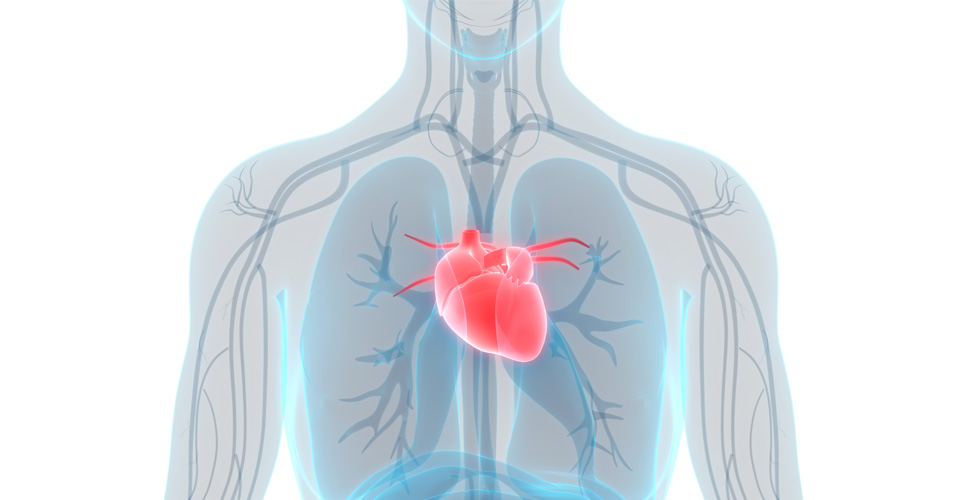teaser
Urgent coordinated action is needed to avoid the thousands of preventable strokes that leave many atrial fibrillation (AF) patients mentally and physically disabled or dead, every year. A report, How Can We Avoid a Stroke Crisis?, launched in the European Parliament today by Action for Stroke Prevention, a group of health experts from across Europe, proposes measures to tackle stroke in patients with AF, the most common, sustained abnormal heart rhythm and a major cause of stroke.
Their proposal, endorsed by 17 leading European medical professional and patient organisations, calls for EU policy makers and Member State governments to act before the increasing frequency of these strokes becomes a major public health crisis.
The Report warns of a stroke epidemic across Europe, if actions are not taken now to slow the rising tide of preventable strokes occurring every year.
Linda McAvan, Member of the European Parliament (MEP), commented: “It is important that government and healthcare policy makers take action to address the unmet medical needs in stroke prevention. I support the recommendations made in the Report by Action for Stroke Prevention, and believe that their implementation will contribute to the prevention of stroke in patients with AF and, in turn, reduce the dramatically increasing clinical, economic and social burden of stroke in Europe.”
Recommendations made by the Report include: improving patient education, AF diagnosis and stroke risk assessment, taking new approaches to prevention, facilitating the exchange of best practice between Member States, developing strategies to support adherence to guidelines, and the provision of equal and adequate administration of therapy for patients with AF.
Unmet medical need to prevent stroke in atrial fibrillation patients
“It is clear that there is an unmet medical need for stroke prevention in atrial fibrillation patients,” said Professor Gregory Lip, Professor of Cardiovascular Medicine, from the University of Birmingham Centre for Cardiovascular Sciences, City Hospital Birmingham, UK.
“The majority of such strokes are preventable but the under-diagnosis and poor management of AF patients, as well as suboptimal use of anticoagulation and side-effects of current treatments, mean that an unnecessary and heavy burden is placed on patients, their families and carers, as well as our healthcare systems.”
Stroke is the most common cardiovascular disorder after heart disease. Current trends predict that the number of strokes in the EU will rise from 1.1 million per year in 2000 to 1.5 million per year by 2025. Furthermore, AF related strokes are more severe, cause greater disability and have a worse outcome than strokes in patients without AF. People who have a stroke caused by AF are more likely to remain in hospital for longer, are less likely to be discharged to their home and are 50% more likely to remain disabled.
“The impact of the physical, emotional and cognitive disability on patients following a stroke can be considerable,” said Eve Knight, CEO, AntiCoagulation Europe.
“In turn, this can also have a profound impact on the quality of life for the carer and family, who can suffer emotional problems such as depression and anxiety.”
The impact of stroke also stretches our healthcare systems. The economic burden it creates accounts for 2-3% of total healthcare expenditure in the European Union6. Healthcare costs associated with stroke are higher for patients with AF than for patients without AF. AF is a strong independent risk factor for stroke and accounts for 15-20% of all ischaemic strokes (strokes caused by blood clots).
The number of people suffering from AF is around six million in Europe alone. People with AF are an important target population for reducing the overall burden of stroke, which has been identified by the Heart Health Charter and European Union policy as a key need in Europe.

